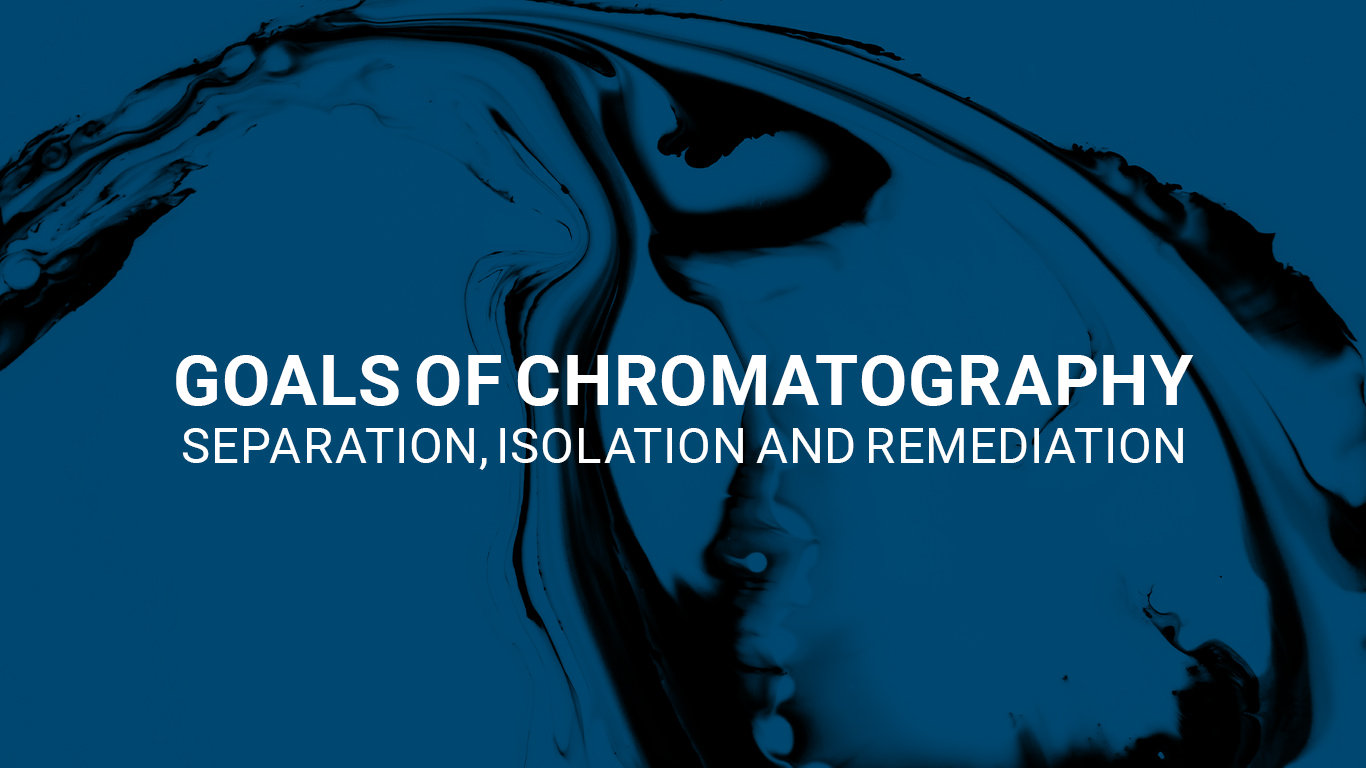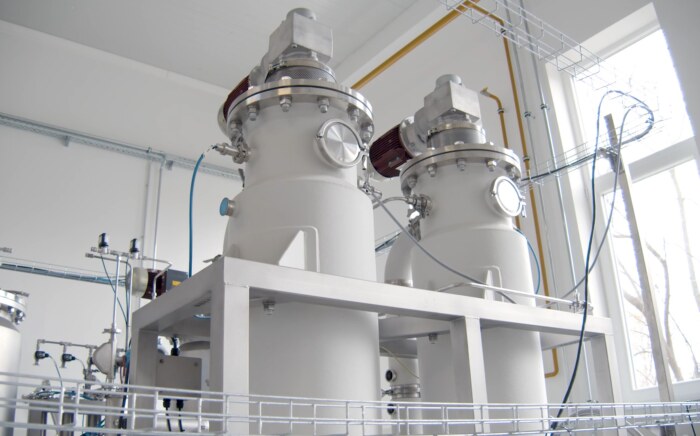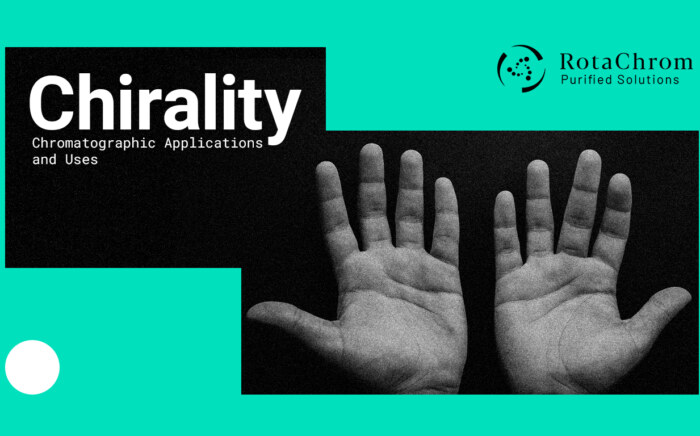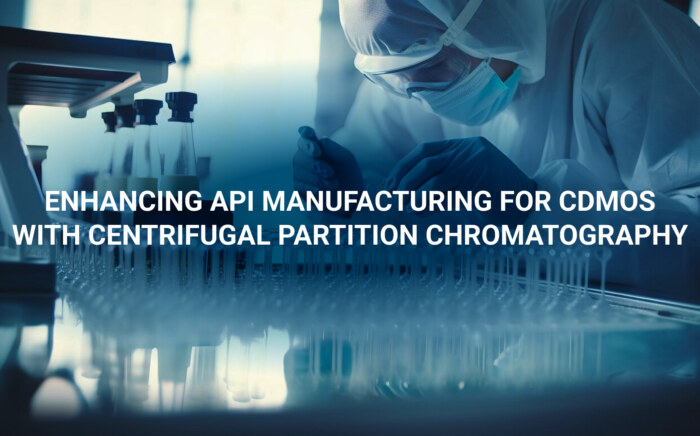Increasing separation efficiency by pH adjustment in Centrifugal Partition Chromatography
NewsCPC Recap
Centrifugal Partition Chromatography (CPC) is an innovative chromatographic technique that combines the principles of liquid-liquid chromatography (LLC) with the power of centrifugal force. While CPC follows the basic principles of traditional chromatography, its unique approach utilizing LLC sets it apart.
In LLC, the separation occurs between two immiscible liquid solvents, which serve as the stationary and mobile phases. These phases, aided by the application of a strong centrifugal force, enable efficient separation.
CPC revolutionizes the chromatographic process by replacing conventional chromatographic columns with interconnected cells. These CPC cells are arranged in series and connected by ducts, forming a robust system. They are then attached to a large rotor, which acts as a substitute for the column. The rotor is filled with the liquid stationary phase, and when the centrifugal force is applied, the liquid within the cells is immobilized.
The other phase of the two-phase CPC system is the mobile phase, which contains the sample to be purified. Under pressure, the mobile phase is introduced into the rotor and driven through the stationary phase in the form of tiny droplets. This controlled movement and interaction between the mobile and stationary phases facilitate the separation of the desired components.
The use of CPC offers several advantages over traditional chromatography techniques. The liquid-liquid system provides increased selectivity and efficiency in separating complex mixtures. Additionally, the absence of solid stationary phases, such as silica, eliminates the risk of irreversible absorption and opens up new possibilities for precise molecular separation.
CPC’s unique design and operation allow for versatile applications in various industries. It can be utilized for purification, isolation, and remediation processes, offering a powerful tool for researchers and industry professionals alike.
Purification Goals, Explained
Separation, isolation, and remediation are three essential goals in chromatography, each serving a distinct purpose in the purification process. Let’s delve deeper into what each objective entails:
Isolation
Isolation refers to the focused extraction of an individual Compound of Interest (CoI) from a complex matrix. Achieving isolation is a highly intricate task that requires a combination of resolution power and the ability to selectively fractionate the CoI. This objective entails separating a specific CoI from a complex matrix containing compounds with diverse physicochemical properties. Accomplishing successful isolation demands meticulous research and method optimization.
Separation
During separation, the aim is to simplify the input matrix to some extent while simultaneously focusing on at least two CoIs. However, certain separation challenges arise when the CoIs share similar chromatographic characteristics. Isomers, for instance, pose significant challenges due to their minimal differences, making the separation process more complex. Separation in chromatography often involves overcoming these challenges to achieve the desired resolution between CoIs.
Remediation
Remediation involves the removal of unwanted or unnecessary components from a sample or matrix. The purpose of remediation is primarily to eliminate substances that can adversely affect the efficiency of the CoI or pose risks to the environment or human health. This process can encompass the decontamination of valuable matrices by targeting impurities that may be hazardous, carcinogenic, environmentally polluting, or legally restricted. Remediation allows for the purification of the sample by eliminating undesirable compounds.
Further Resources
To learn more about CPC and chromatography in general, click any of the links below.



